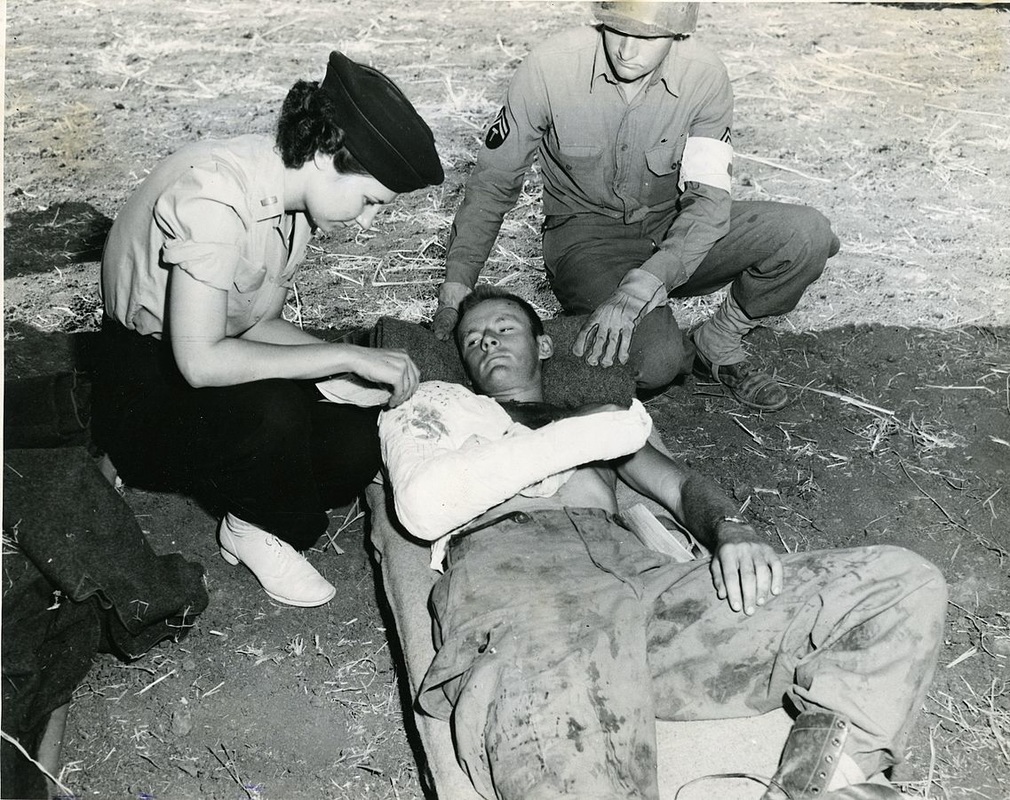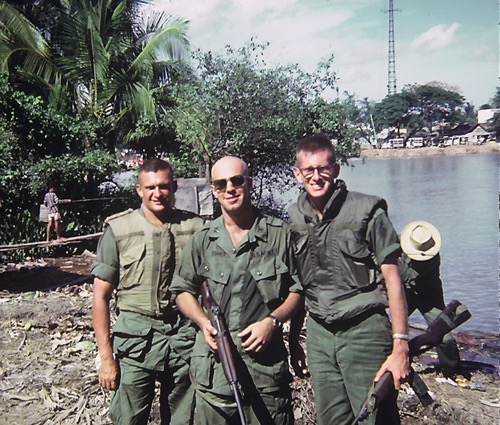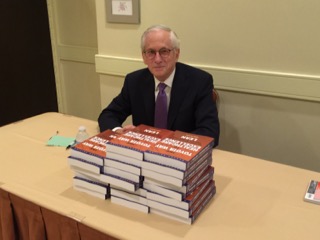In addressing change, leaders have to decide which model they will follow: conflict in which two camps draw battle lines around functional silos; crises in which angry tension exists between functional leaders, doctors, nurses, staff and others; coexistence in which all parties decide not to address differences, to sweep them under the rug and maintain the status quo; collaboration in which everyone agrees to work together to create an organization without waste; cooperation, which is the most positive, where total commitment and openness to the welfare of the people and the organization is seen as paramount to the effort to create an organization without waste.
In healthcare, leaders often choose models that do not serve the best interests of their patients and create environments that stymie innovation.
In healthcare, leaders often choose models that do not serve the best interests of their patients and create environments that stymie innovation.
For example, head physicians in the U.S. military during WWII chose to ignore their colleagues’ calls from the frontlines to transition from plasma-only to whole blood transfusions. War is hell. It’s not easy to lead during a war. But had the management culture been more receptive to continuous improvement, battlefield physicians wouldn’t have had to fight so hard to implement life-saving technology.
There were several factors that contributed to the use of plasma rather than whole blood for transfusions at the outset of WWII. In the North Africa campaign there was no such thing as a blood bank where whole blood could be refrigerated and stored until it was needed. Then, no one had developed the means to send refrigerated blood to the battlefronts where it was needed. Lastly, physicians believed that plasma was better than whole blood.
However, as the war progressed it became clearer to frontline physicians and surgeons that there was a better outcome for severely wounded patients when whole blood was used. In this case the change agent was a physician, Colonel Edward D. Churchill, surgical consultant to the U.S. Army in the Mediterranean theater. The Colonel presented a new medical concept for the treatment of hemorrhage and shock: whole blood.
He started lobbying for change and hit several brick walls. He was swimming upstream against a long held notion that plasma was better, contrary to the evidence from battlefield physicians and surgeons. He quickly realized change could not come from within the military system. Even after a U.S. Navy Surgeon (Lieutenant Henry S. Blake) invented a special box to hold and transport refrigerated containers of blood, the Navy’s Surgeon General didn’t think it was that great an idea and refused to have the box used regularly in navy medicine.
Blake didn’t give up on his invention, and Churchill took the case for military use of whole blood to the New York Times. The Times wrote an article on August 26, 1943 titled, “Plasma Alone Not Sufficient.” The American public was upset when they read the article, fearful for the lives of its sons at the front. Finally, the U.S. Army Surgeon General felt pressured enough to quickly accept whole blood for Army use on the battlefield.
Look, I’ve seen firsthand how well the medical system works and how thousands of soldiers lived because of the expert care and miracles performed by surgeons, physicians and nurses on the battlefield. During my second tour in Vietnam, I was medevac’d back to the states. I was loaded on a string of medevac’d flights starting in Saigon, from Saigon to Guam, overnight then to Hickam Field, Hawaii, five hours parked in the heat on the tarmac because we were all infected, then to San Francisco, VA Medical Center, overnight, then to Madigan General in Tacoma, WA, and hospitalized for 30 days.
There were several factors that contributed to the use of plasma rather than whole blood for transfusions at the outset of WWII. In the North Africa campaign there was no such thing as a blood bank where whole blood could be refrigerated and stored until it was needed. Then, no one had developed the means to send refrigerated blood to the battlefronts where it was needed. Lastly, physicians believed that plasma was better than whole blood.
However, as the war progressed it became clearer to frontline physicians and surgeons that there was a better outcome for severely wounded patients when whole blood was used. In this case the change agent was a physician, Colonel Edward D. Churchill, surgical consultant to the U.S. Army in the Mediterranean theater. The Colonel presented a new medical concept for the treatment of hemorrhage and shock: whole blood.
He started lobbying for change and hit several brick walls. He was swimming upstream against a long held notion that plasma was better, contrary to the evidence from battlefield physicians and surgeons. He quickly realized change could not come from within the military system. Even after a U.S. Navy Surgeon (Lieutenant Henry S. Blake) invented a special box to hold and transport refrigerated containers of blood, the Navy’s Surgeon General didn’t think it was that great an idea and refused to have the box used regularly in navy medicine.
Blake didn’t give up on his invention, and Churchill took the case for military use of whole blood to the New York Times. The Times wrote an article on August 26, 1943 titled, “Plasma Alone Not Sufficient.” The American public was upset when they read the article, fearful for the lives of its sons at the front. Finally, the U.S. Army Surgeon General felt pressured enough to quickly accept whole blood for Army use on the battlefield.
Look, I’ve seen firsthand how well the medical system works and how thousands of soldiers lived because of the expert care and miracles performed by surgeons, physicians and nurses on the battlefield. During my second tour in Vietnam, I was medevac’d back to the states. I was loaded on a string of medevac’d flights starting in Saigon, from Saigon to Guam, overnight then to Hickam Field, Hawaii, five hours parked in the heat on the tarmac because we were all infected, then to San Francisco, VA Medical Center, overnight, then to Madigan General in Tacoma, WA, and hospitalized for 30 days.
I know medicine’s ability to save lives. That’s not the issue. The issue in healthcare today is the same as it was in WWII: creating management cultures that support innovations in care delivery from the frontlines, the doctors and nurses on the floor, saving patients’ lives in our hospitals every day.




 RSS Feed
RSS Feed